While Gettysburg and Antietam draw throngs of visitors each year, the American South harbors countless lesser-known Civil War sites that offer profound historical insights without the crowds. These overlooked battlefields, homes, and landmarks often tell more intimate stories of the conflict that divided the nation from 1861 to 1865.
Here is a list of 20 remarkable yet underappreciated Civil War destinations across the Southern states that deserve a place on any history enthusiast’s itinerary.
Port Hudson State Historic Site, Louisiana
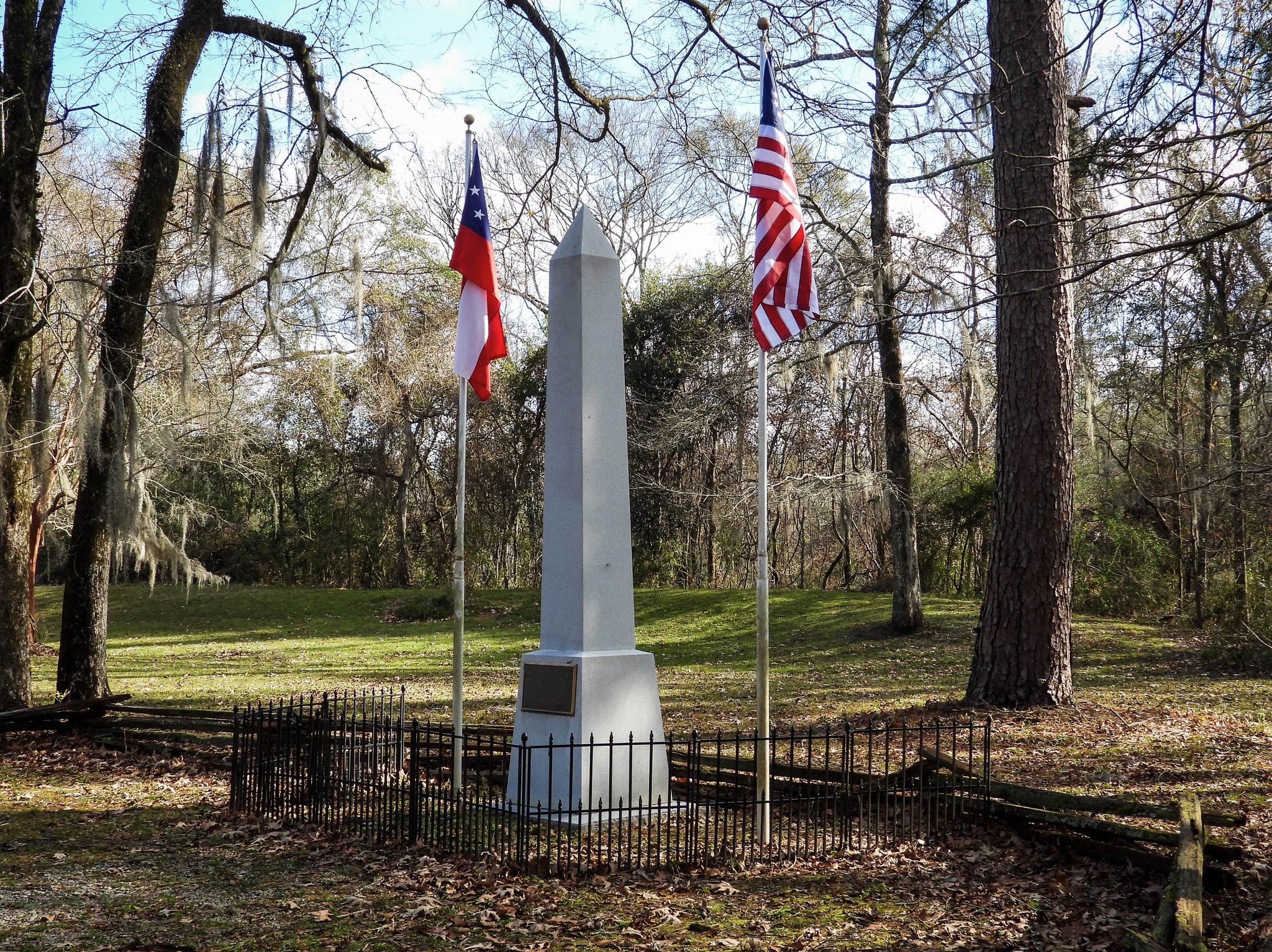
Standing as the site of the longest siege in American military history, Port Hudson’s earthworks and artillery positions remain remarkably intact along the bluffs of the Mississippi River. Union forces besieged this Confederate stronghold for 48 grueling days in 1863, a campaign that involved some of the first African American combat units in the Union Army.
The visitor center houses an impressive collection of artifacts recovered from the battlefield, including personal items that humanize the soldiers who endured the brutal summer heat during the siege.
Sabine Pass Battleground State Historic Site, Texas
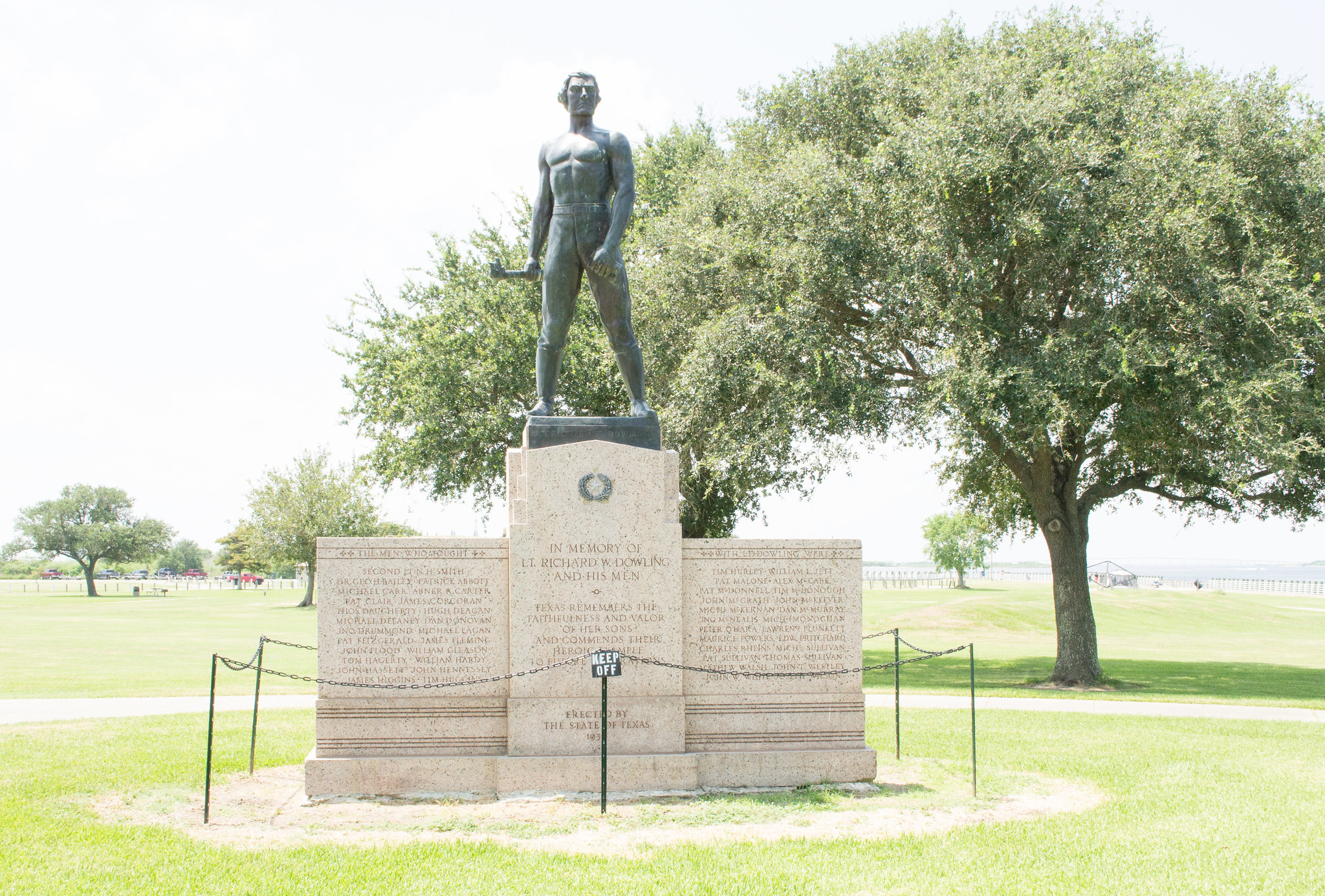
This remote coastal site witnessed one of the most remarkable Confederate victories of the war when 47 men under Lieutenant Richard Dowling repelled a Union invasion force of 5,000 troops and 22 ships. The restored battleground features the reconstructed Fort Griffin with its six cannons positioned much as they were during the battle, allowing visitors to understand how Dowling’s men achieved their astonishing feat.
Walking trails lead through marshy terrain that hasn’t changed much since the Civil War, providing a tangible connection to the past.
Like Travel Pug’s content? Follow us on MSN.
Olustee Battlefield Historic State Park, Florida
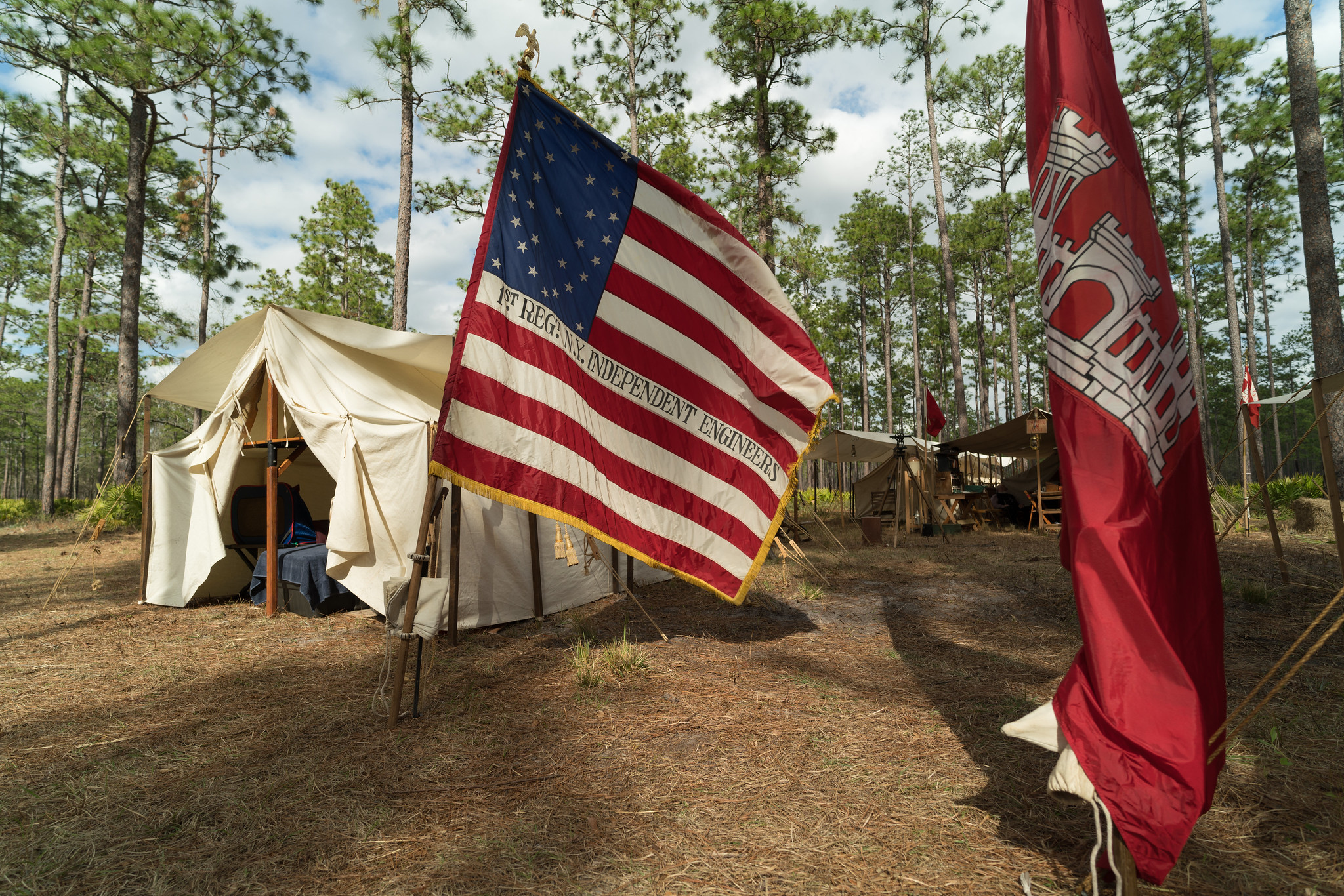
Florida’s largest Civil War battle unfolded in this pine flatwoods landscape in February 1864, resulting in a significant Confederate victory that prevented Union forces from penetrating deeper into the state. A one-mile interpretive trail leads visitors through the battlefield, with markers explaining how the fighting unfolded across the sandy terrain.
On Presidents’ Day weekend each year, hundreds of reenactors gather to commemorate the battle, bringing the sounds and sights of 19th-century warfare back to this remote corner of northern Florida.
Poison Spring Battlefield State Park, Arkansas
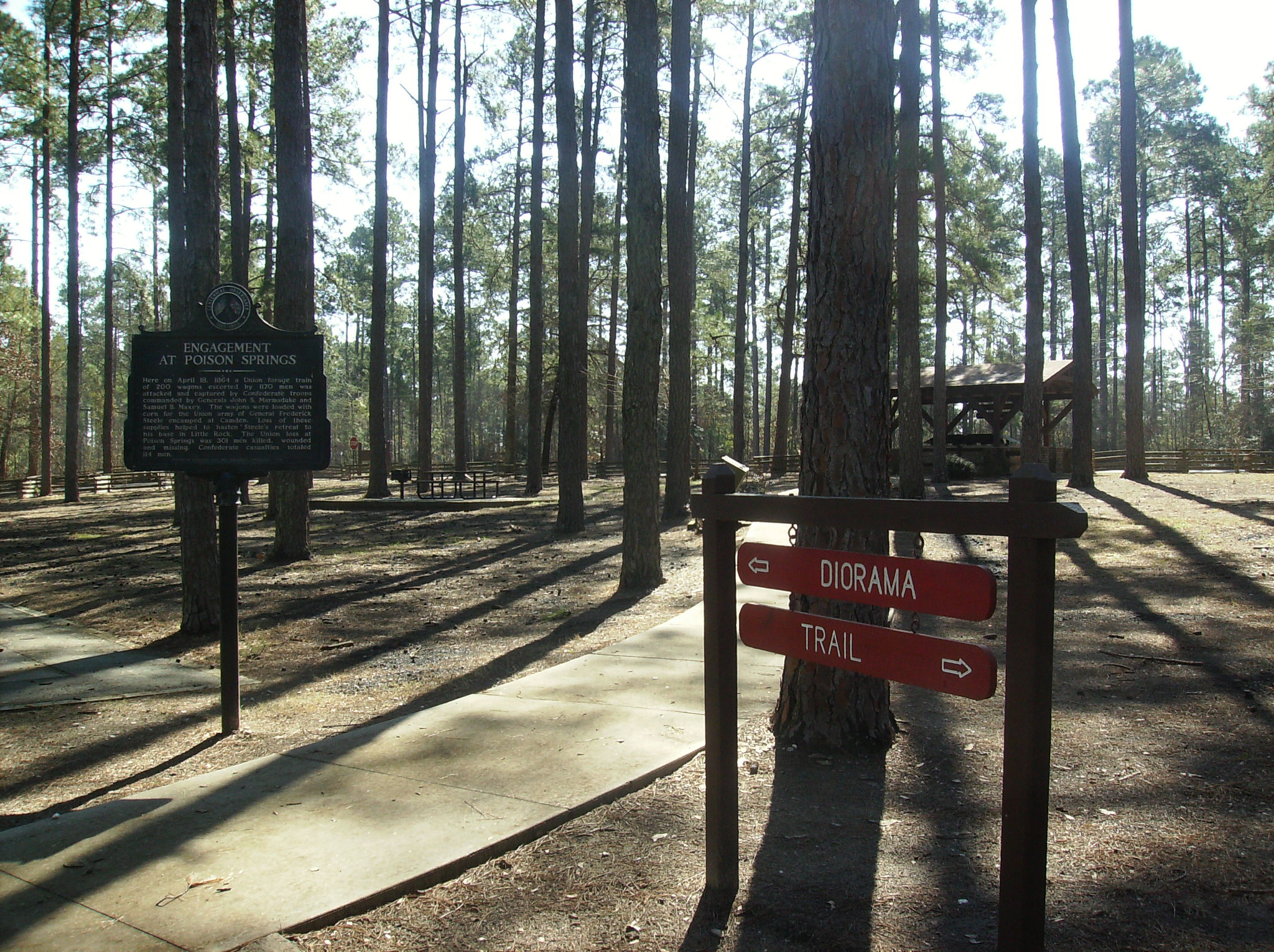
This somber site commemorates one of the Civil War’s most troubling atrocities, where Confederate forces and their Native American allies killed wounded African American Union soldiers after the battle in April 1864. Walking trails lead visitors through the quiet forest where the 1st Kansas Colored Infantry fought bravely before being overwhelmed by Confederate forces under General John Marmaduke.
The park’s undeveloped nature and relative isolation create a contemplative atmosphere where visitors can reflect on one of the war’s darkest chapters while surrounded by the same woods that witnessed these events.
Fort Pillow State Historic Park, Tennessee
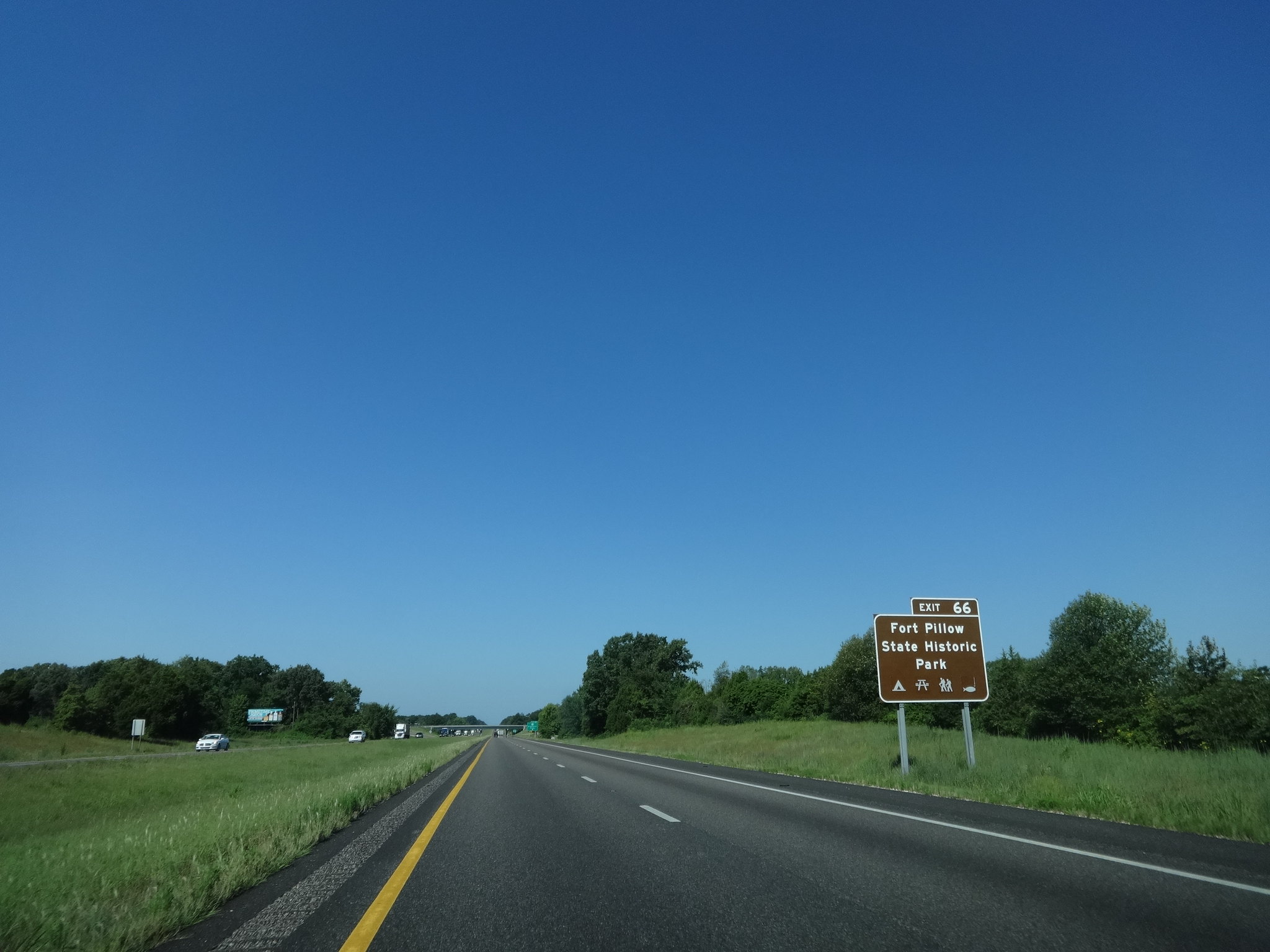
Perched on a bluff overlooking the Mississippi River, Fort Pillow became infamous as the site of a controversial massacre where Confederate forces under Nathan Bedford Forrest killed numerous African American Union soldiers after they attempted to surrender in April 1864. The remarkably preserved earthworks allow visitors to walk the same ground where this contentious battle unfolded, with deep ravines and steep embankments demonstrating the tactical challenges faced by both sides.
The museum contains artifacts, personal accounts, and interpretive displays explaining how the fort’s capture became a rallying cry for the Union and a subject of Congressional investigation.
Like Travel Pug’s content? Follow us on MSN.
Honey Springs Battlefield Historic Site, Oklahoma

The largest Civil War battle fought in Indian Territory unfolded across this landscape in July 1863, featuring uniquely diverse forces, including Native American troops, African American soldiers, and white units from both sides. Six miles of walking trails lead visitors through terrain that has changed little since the battle, including the creek crossing where Confederate forces made their stand against advancing Union troops.
Archaeological excavations continue to uncover artifacts that provide new insights into this pivotal but often overlooked Western theater battle.
Natural Bridge Battlefield Historic State Park, Florida

This pristine site commemorates the second-largest Civil War battle in Florida, where Confederate forces—many of them young cadets from what is now Florida State University—prevented Union troops from capturing Tallahassee in March 1865. Walking trails lead visitors through the battlefield, where interpretive markers explain how the Confederate victory kept Tallahassee as the only southern capital east of the Mississippi not captured by Union forces during the war.
Annual reenactments bring the battlefield back to life each March, with uniformed participants demonstrating period military tactics and camp life.
Camp Nelson National Monument, Kentucky

Recently designated as a National Monument, Camp Nelson served as one of the largest Union recruitment centers for African American soldiers and became a refuge for their families seeking freedom from slavery. The surviving buildings and archaeological sites provide a rare glimpse into the transition from slavery to freedom for thousands of families who risked everything to reach Union lines.
Walking trails lead visitors through the remains of fortifications, barracks sites, and refugee settlements that together tell a comprehensive story of emancipation and its immediate aftermath in a border state torn between North and South.
Like Travel Pug’s content? Follow us on MSN.
Carnton Plantation, Tennessee
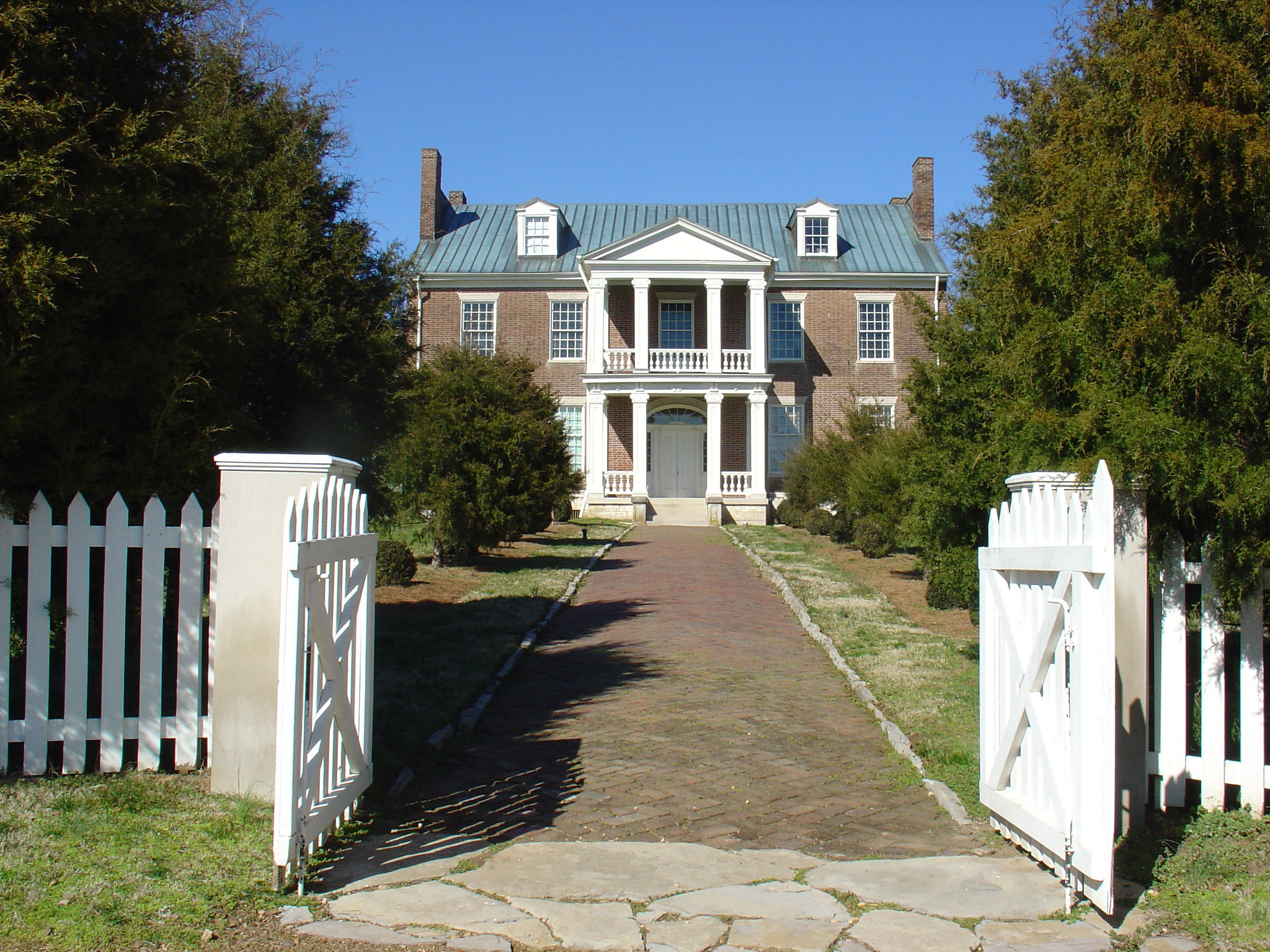
This stately antebellum home served as the largest field hospital following the Battle of Franklin in November 1864, where surgeons operated continuously for 48 hours as more than 10,000 casualties overwhelmed the small town. The adjacent McGavock Confederate Cemetery contains nearly 1,500 Confederate soldiers, organized by state, creating one of the largest privately maintained military cemeteries in the country.
Tours of the meticulously restored house reveal how the McGavock family’s lives were forever altered by the battle that raged across their farm and the responsibility they assumed in caring for the dead.
Grand Gulf Military Park, Mississippi
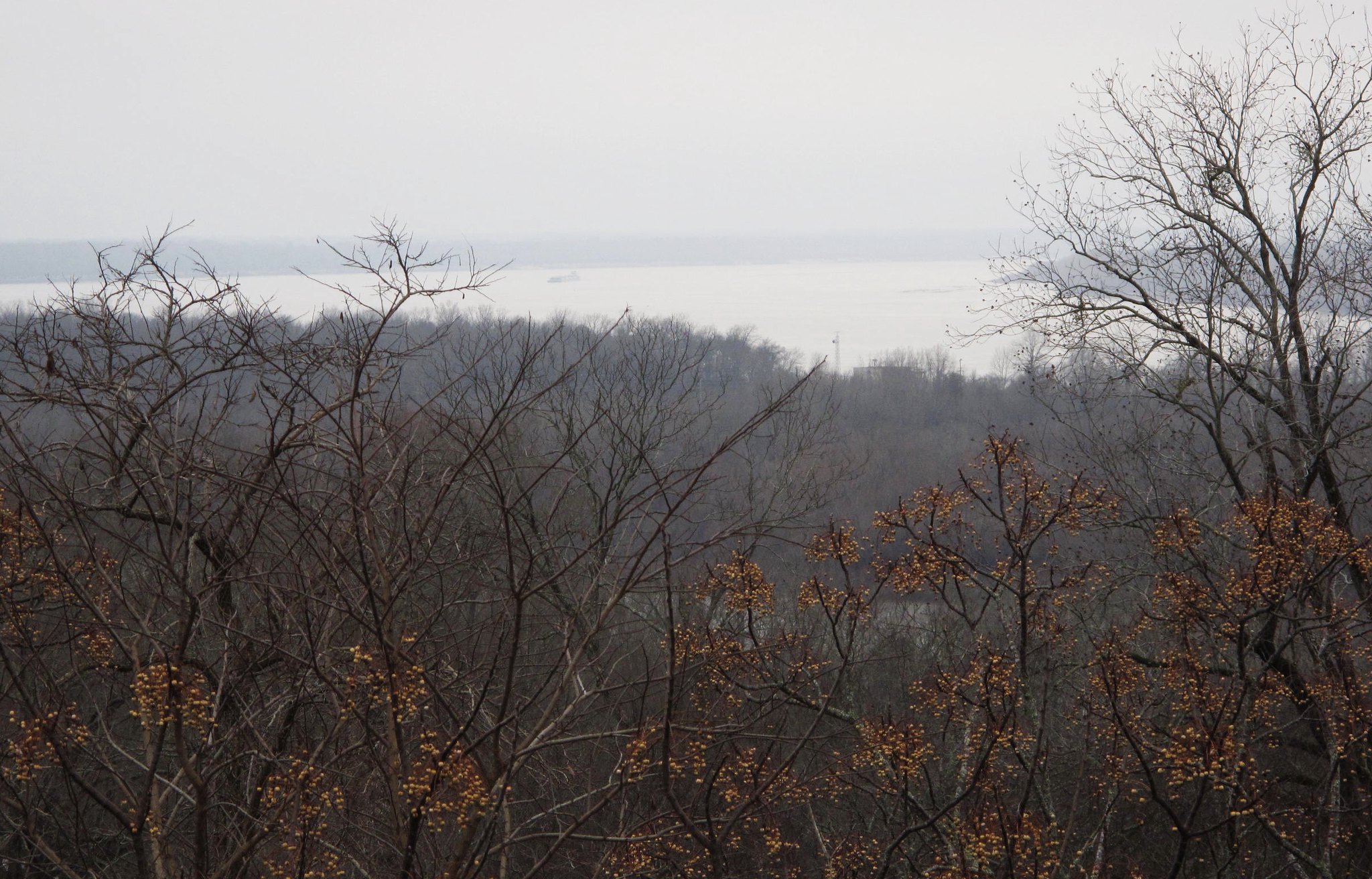
This strategic Mississippi River port played a crucial role in Grant’s Vicksburg Campaign, with Confederate forces abandoning the position after a fierce naval bombardment in April 1863. The impressive museum houses one of the finest collections of Civil War artifacts in Mississippi, including rare weapons, uniforms, and personal items recovered from the site.
The park’s commanding views of the Mississippi River help visitors understand why control of this position was so strategically important to both Union and Confederate forces attempting to control the vital waterway.
Johnsonville State Historic Park, Tennessee
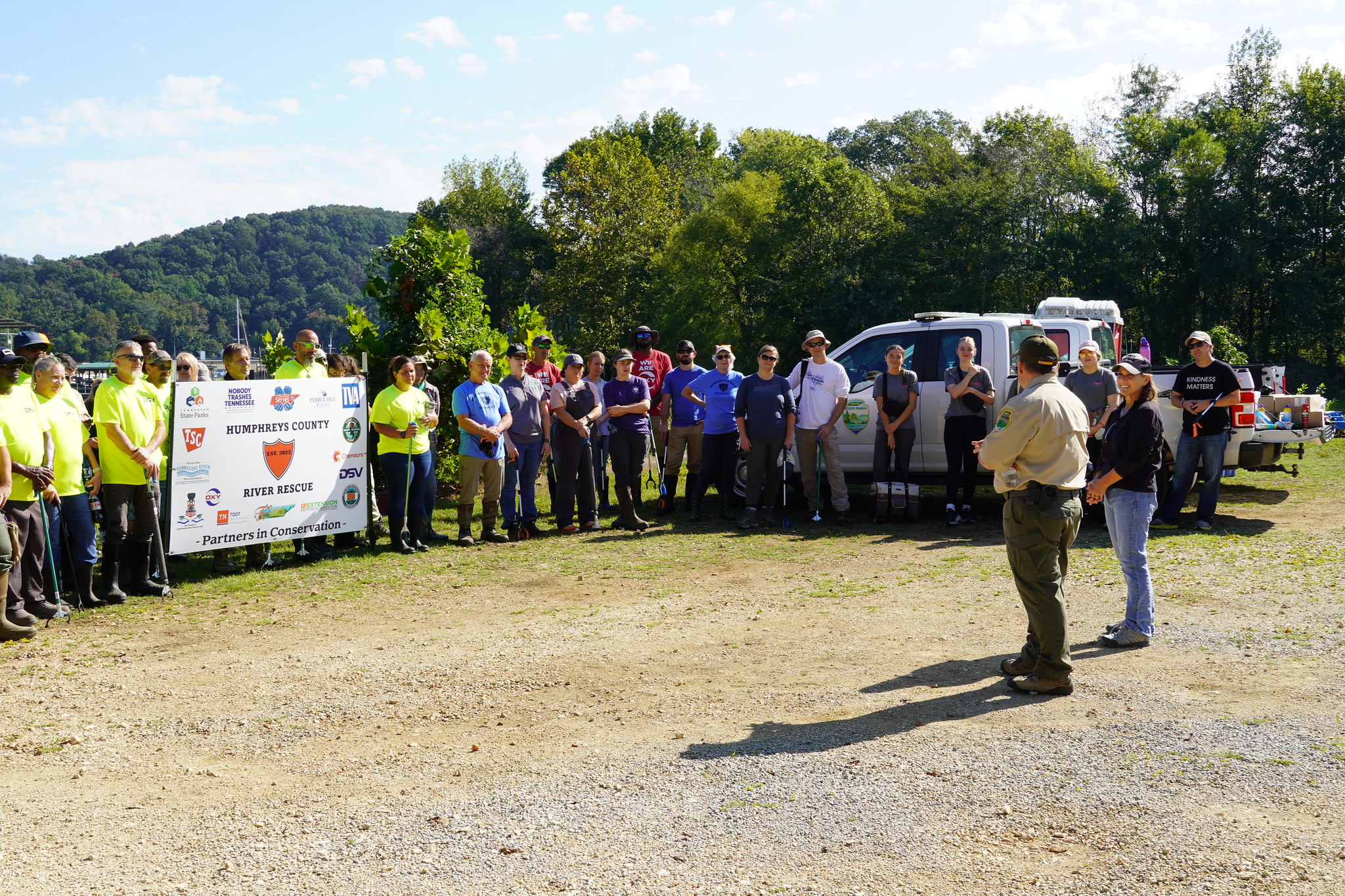
This recently developed park preserves the site of a massive Union supply depot that became the target of a daring Confederate cavalry raid led by Nathan Bedford Forrest in November 1864. Walking trails lead visitors through the remains of Union fortifications overlooking the Tennessee River, where interpretive panels explain how the raid demonstrated Forrest’s tactical brilliance even in the war’s final months.
Archaeological investigations continue to uncover artifacts from both the depot operations and the battle, providing new insights into this overlooked chapter of the war in Tennessee.
Like Travel Pug’s content? Follow us on MSN.
Fort Heiman, Kentucky
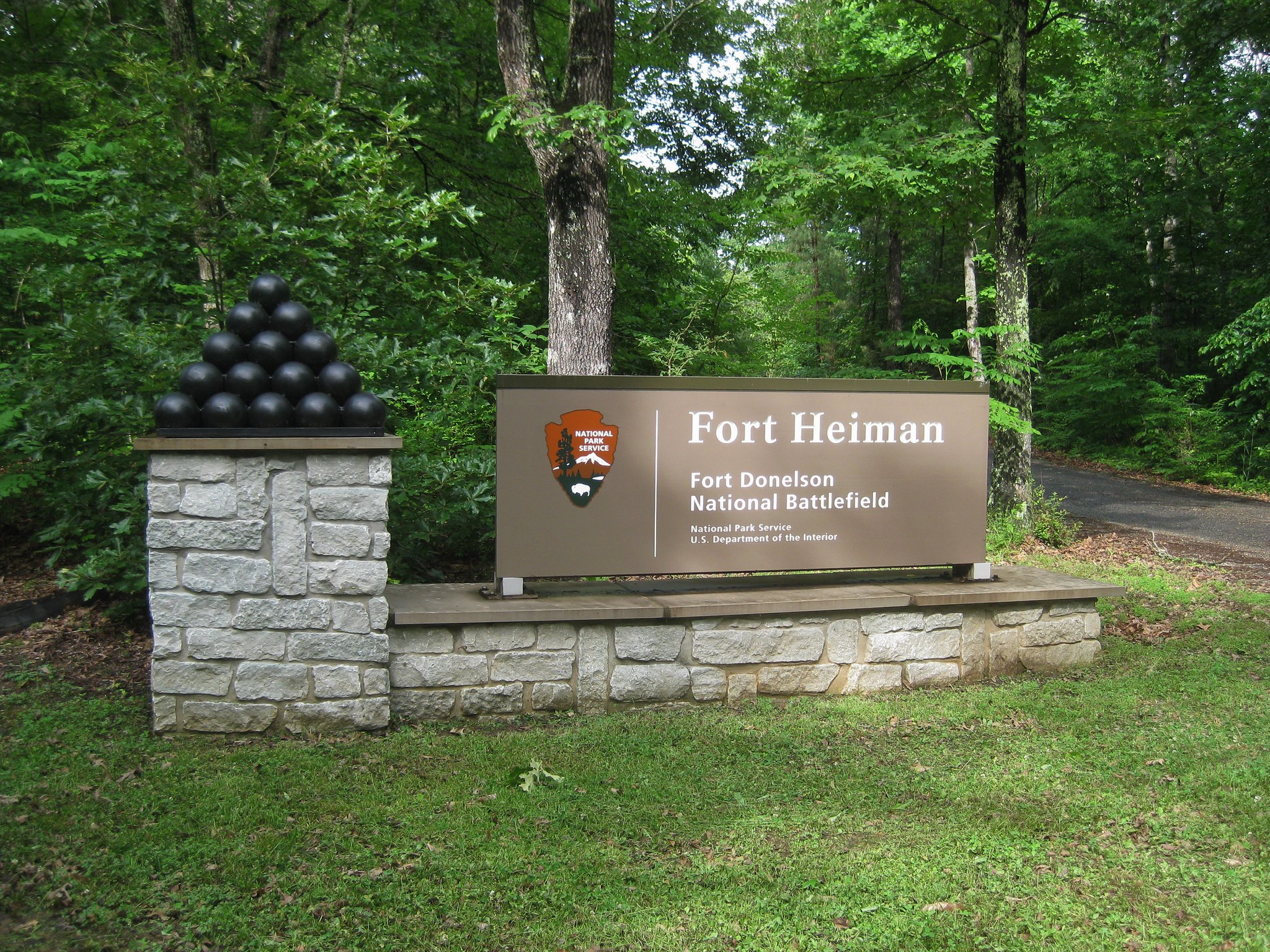
This overlooked fortification across the Tennessee River from the more famous Fort Henry played a significant role in the opening of the Union’s western campaign in February 1862. The commanding views from the bluff demonstrate why military engineers selected this position and how its capture helped open Tennessee’s rivers to Union gunboats early in the war.
The fort’s inclusion in Land Between the Lakes National Recreation Area ensures these earthworks will remain protected for future generations to explore and study as a tangible link to the early western campaigns.
Old Fort Wayne, Oklahoma
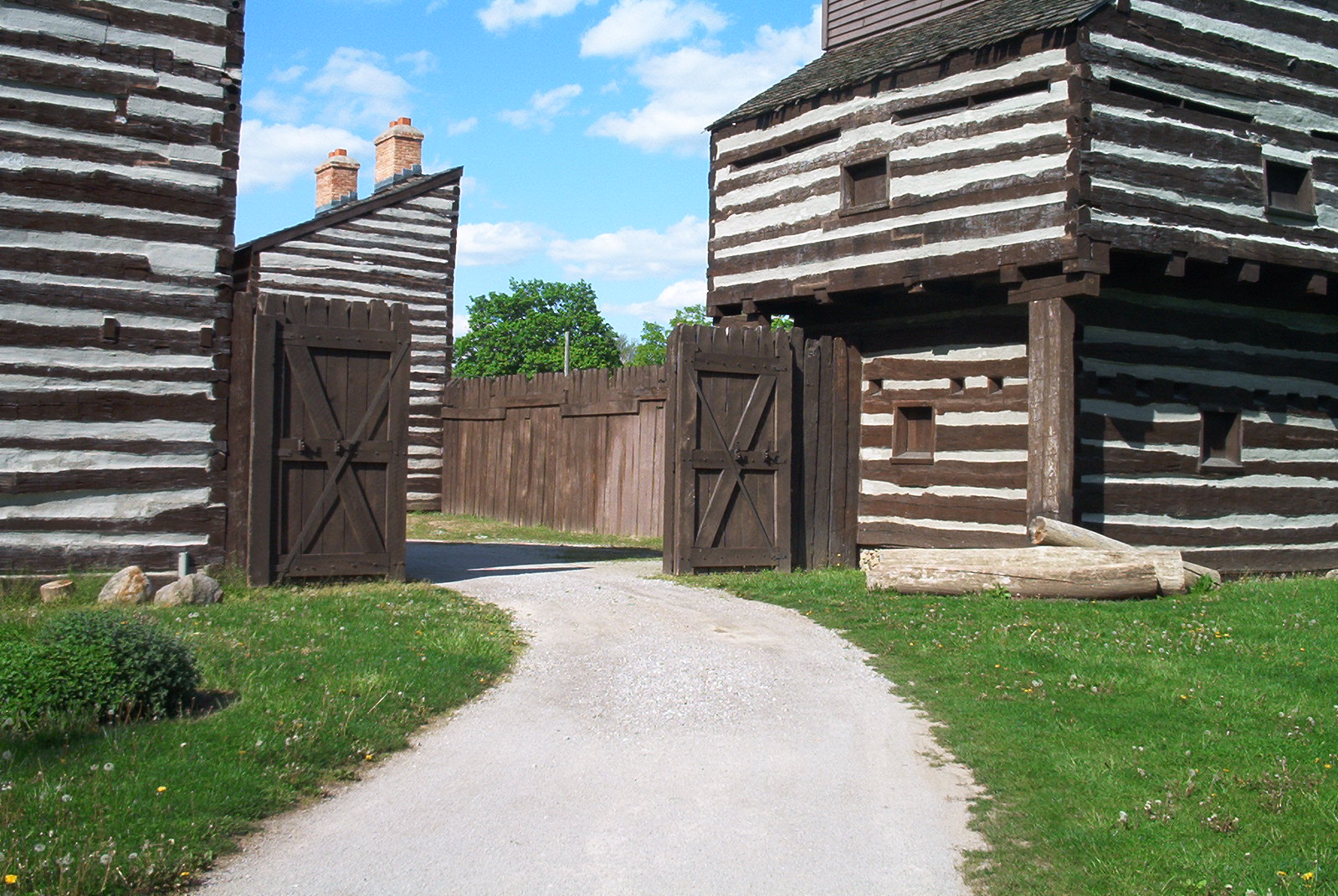
Located near the Arkansas border in Cherokee Nation territory, this former frontier military post became the site of a significant 1862 engagement where Union forces defeated a Confederate attempt to regain control of Indian Territory. Archaeological remains and interpretive markers help visitors understand how this remote outpost became central to Union efforts to secure loyalty among the Western tribes.
The fort’s role in this overlooked theater of operations provides important context for understanding how the Civil War extended far beyond the famous battlefields of the eastern states.
Raymond Battlefield, Mississippi
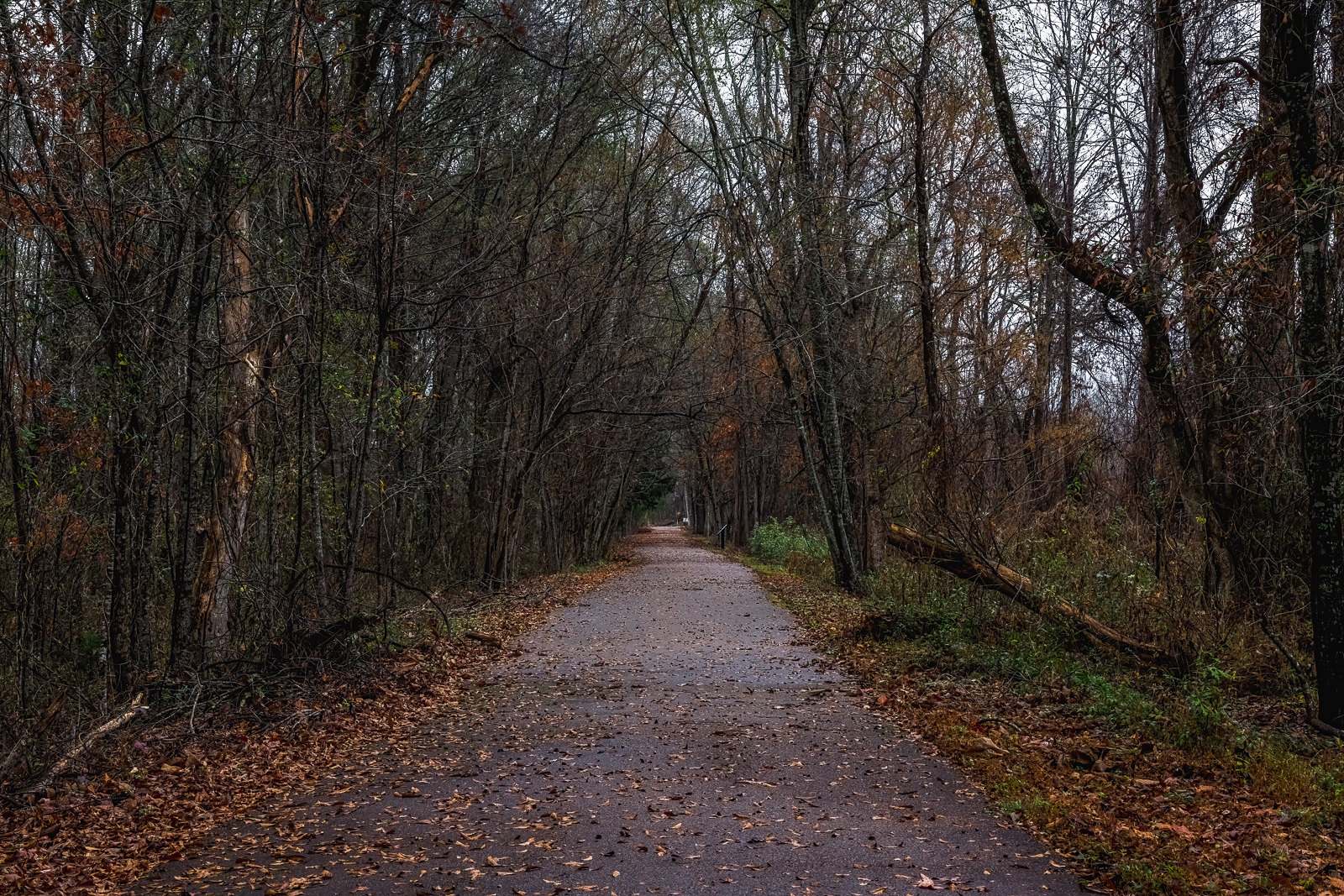
This pristine battlefield just outside Jackson witnessed fierce fighting in May 1863 as part of Grant’s brilliant Vicksburg Campaign, with Union forces defeating Confederate defenders in a bloody prelude to the capture of Mississippi’s capital. Walking trails lead through key positions, including the Confederate artillery placement and the legendary ‘sunken road’ where some of the most intense fighting occurred.
The battlefield’s preservation stands as a testament to local conservation efforts that saved this important site from development, allowing future generations to walk these hallowed grounds and contemplate the sacrifices made by both sides.
Belle Grove Plantation, Louisiana
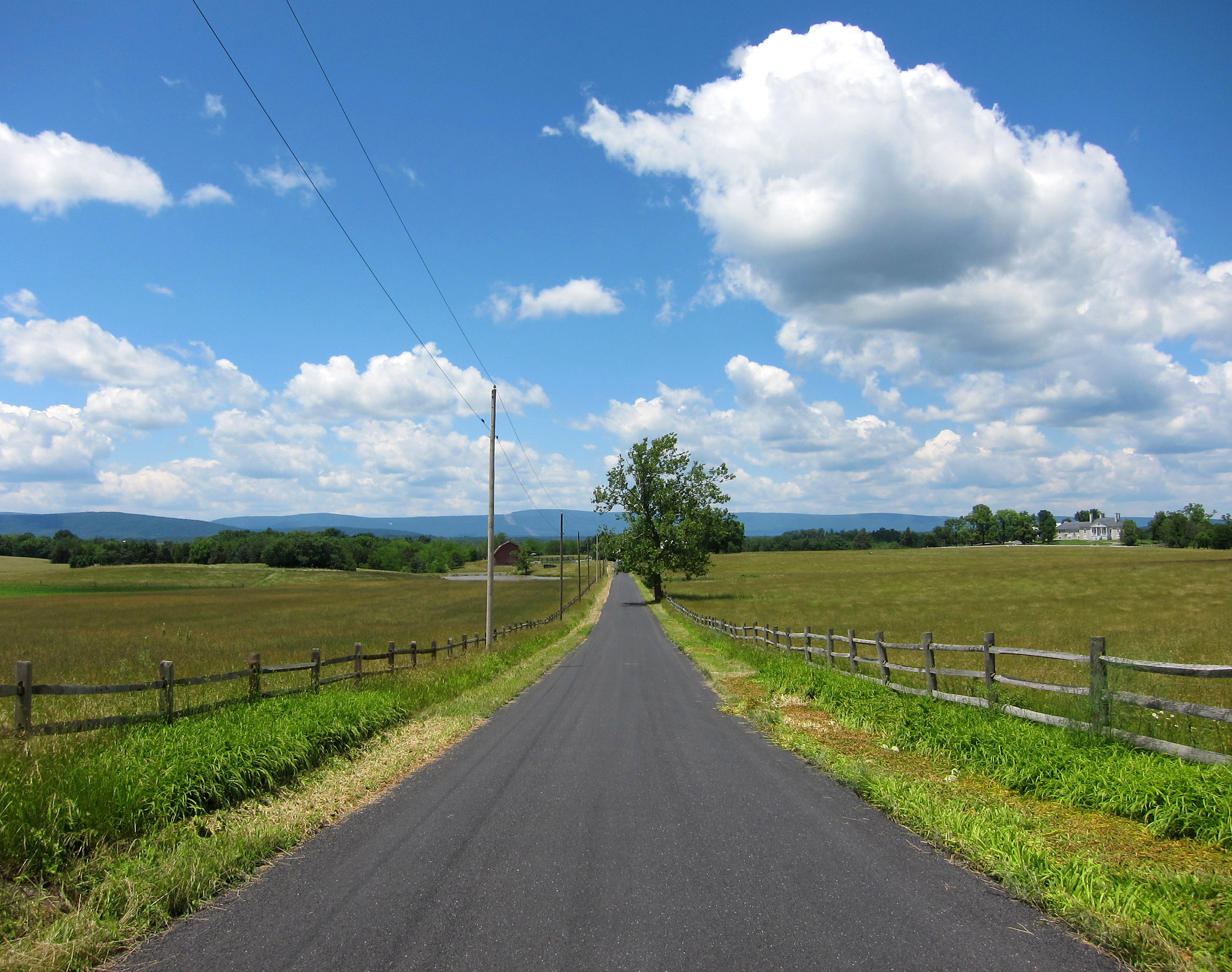
This magnificent Greek Revival mansion witnessed the Red River Campaign of 1864, serving as headquarters for Union General Nathaniel Banks during his failed attempt to capture Shreveport and control cotton-rich regions of western Louisiana. Tours include the basement where Union soldiers left graffiti still visible on the walls, creating a direct connection to those who occupied the house during the conflict.
The plantation’s location along the strategic Red River helps visitors understand how control of waterways shaped military operations throughout the western theater of the war.
Fort Jefferson, Florida

This massive coastal fortification in the Dry Tortugas served as a Union prison during the Civil War, housing Dr. Samuel Mudd and others convicted in the Lincoln assassination conspiracy. Accessible only by boat or seaplane, the remote location offers visitors an uncrowded experience exploring casemates, gun emplacements, and the parade ground where prisoners exercised during their confinement.
The fort’s isolation helps modern visitors appreciate the sense of banishment felt by prisoners sent to this remote outpost nearly 70 miles from Key West.
Fort Morgan, Alabama
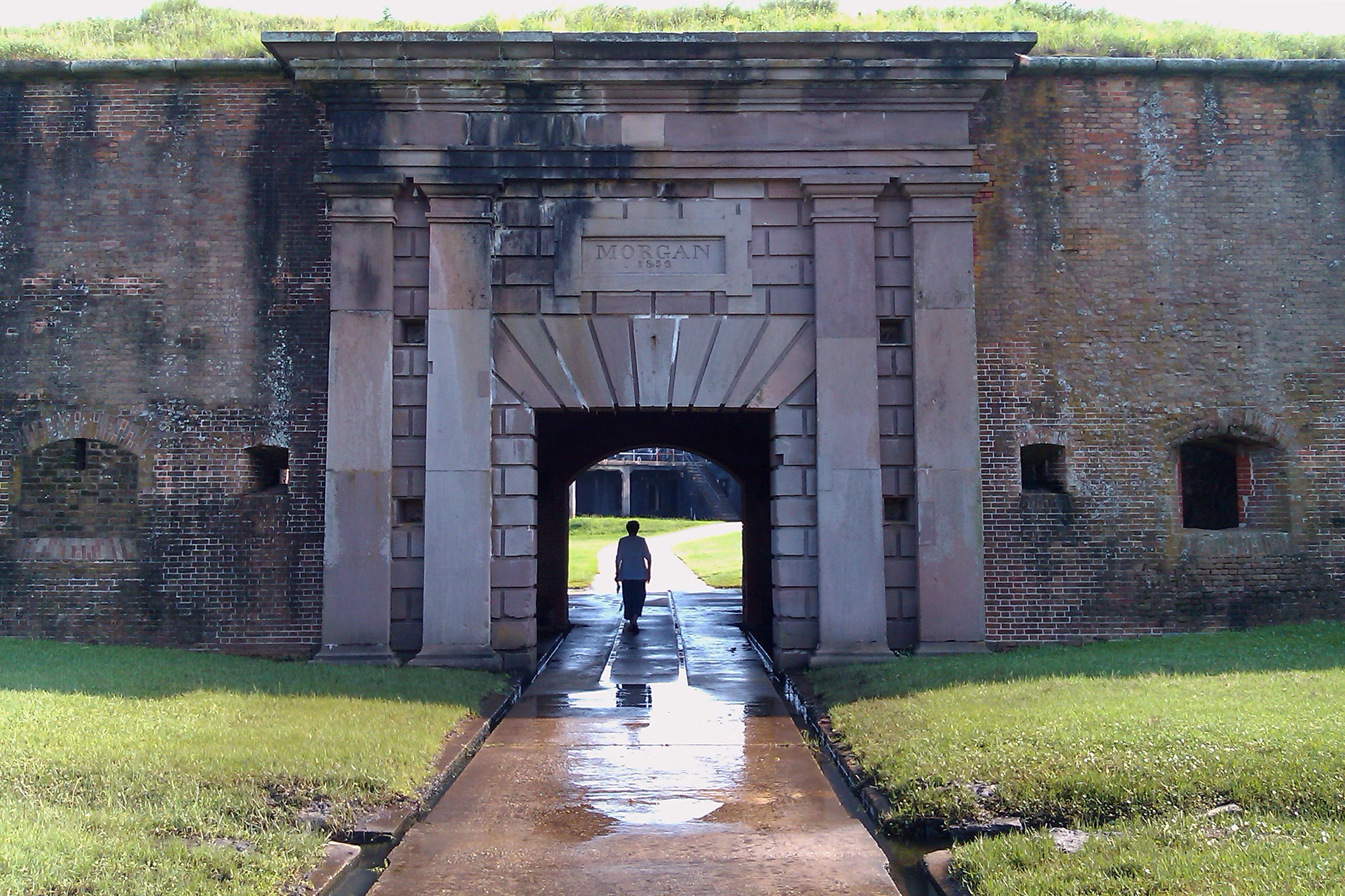
Guarding the entrance to Mobile Bay, this star-shaped masonry fort witnessed Admiral Farragut’s famous naval assault in August 1864, leading to the closure of the Confederacy’s last major Gulf port. The fort’s massive brick walls and casements remain largely intact, allowing visitors to explore gun positions, powder magazines, and living quarters much as they existed during the siege.
Living history programs throughout the year demonstrate artillery firing, garrison life, and the challenges of defending a coastal fortification against modern naval forces.
Brices Cross Roads National Battlefield Site, Mississippi
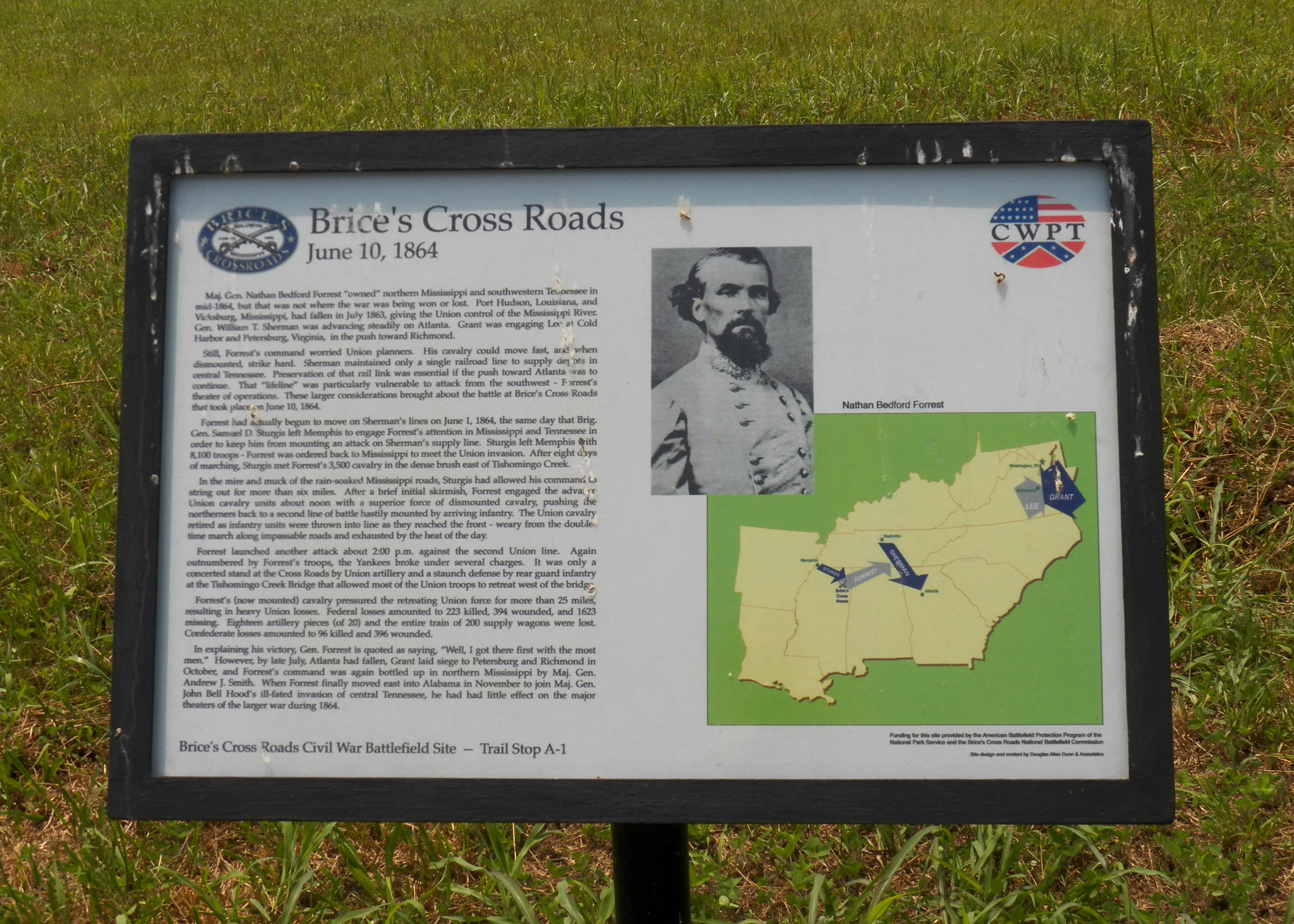
This small but significant battlefield preserves the site of Confederate General Nathan Bedford Forrest’s tactical masterpiece, where his smaller force decisively defeated a much larger Union army in June 1864. The site’s interpretive panels explain how Forrest manipulated the battlefield terrain to his advantage, using woodlands and road junctions to confuse and divide the Union forces.
The battlefield’s quiet rural setting allows visitors to contemplate these military lessons while walking the same ground where Forrest executed his famous maxim to ‘get there first with the most men.’
Rush Creek Battle Site, Arkansas
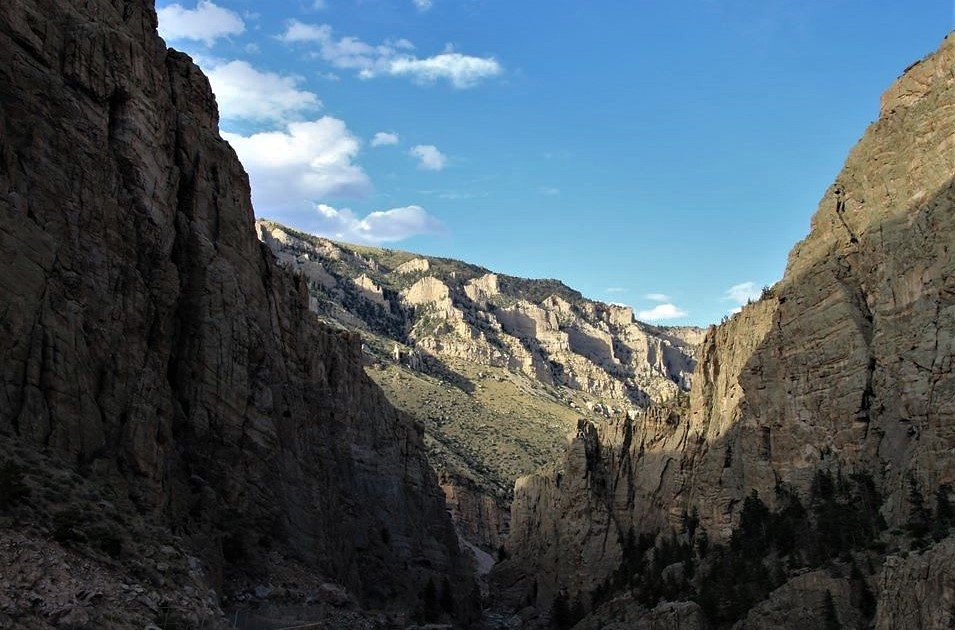
This remote battlefield in the Ouachita Mountains witnessed a desperate Confederate attempt to disrupt Union supply lines during the 1864 Camden Expedition, highlighting the harsh guerrilla warfare that characterized much of the trans-Mississippi theater. Interpretive trails lead through the ambush points where Confederate forces struck the Union wagon train, with markers explaining how the battle unfolded across the difficult terrain.
The site’s preservation offers a rare opportunity to explore an authentic battlefield from the often-overlooked Western campaigns that shaped the war’s outcome beyond the Mississippi River.
Bardstown Civil War Museum, Kentucky
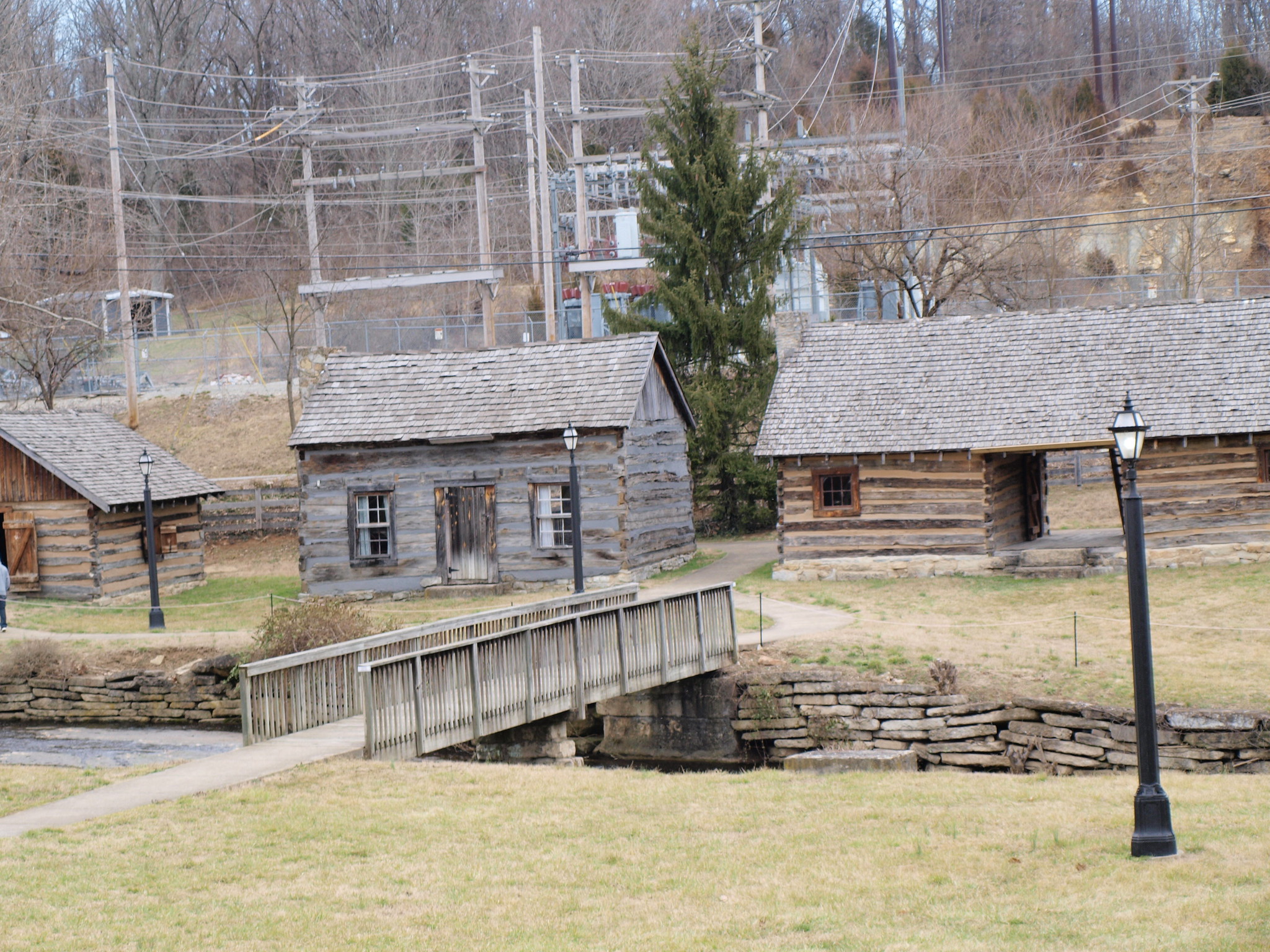
Housed in the historic Old Bardstown Village, this hidden gem contains one of the finest collections of Civil War artifacts in a small museum setting, with particular emphasis on Kentucky’s complex position as a border state torn between North and South. Dioramas featuring thousands of hand-painted miniature soldiers recreate key battles with remarkable detail, helping visitors visualize the tactical movements that determined battlefield outcomes.
The museum’s location in bourbon country makes it a perfect historical complement to distillery tours in the area, offering visitors a deeper understanding of how the Civil War divided Kentucky families and communities.
Enduring Landscapes
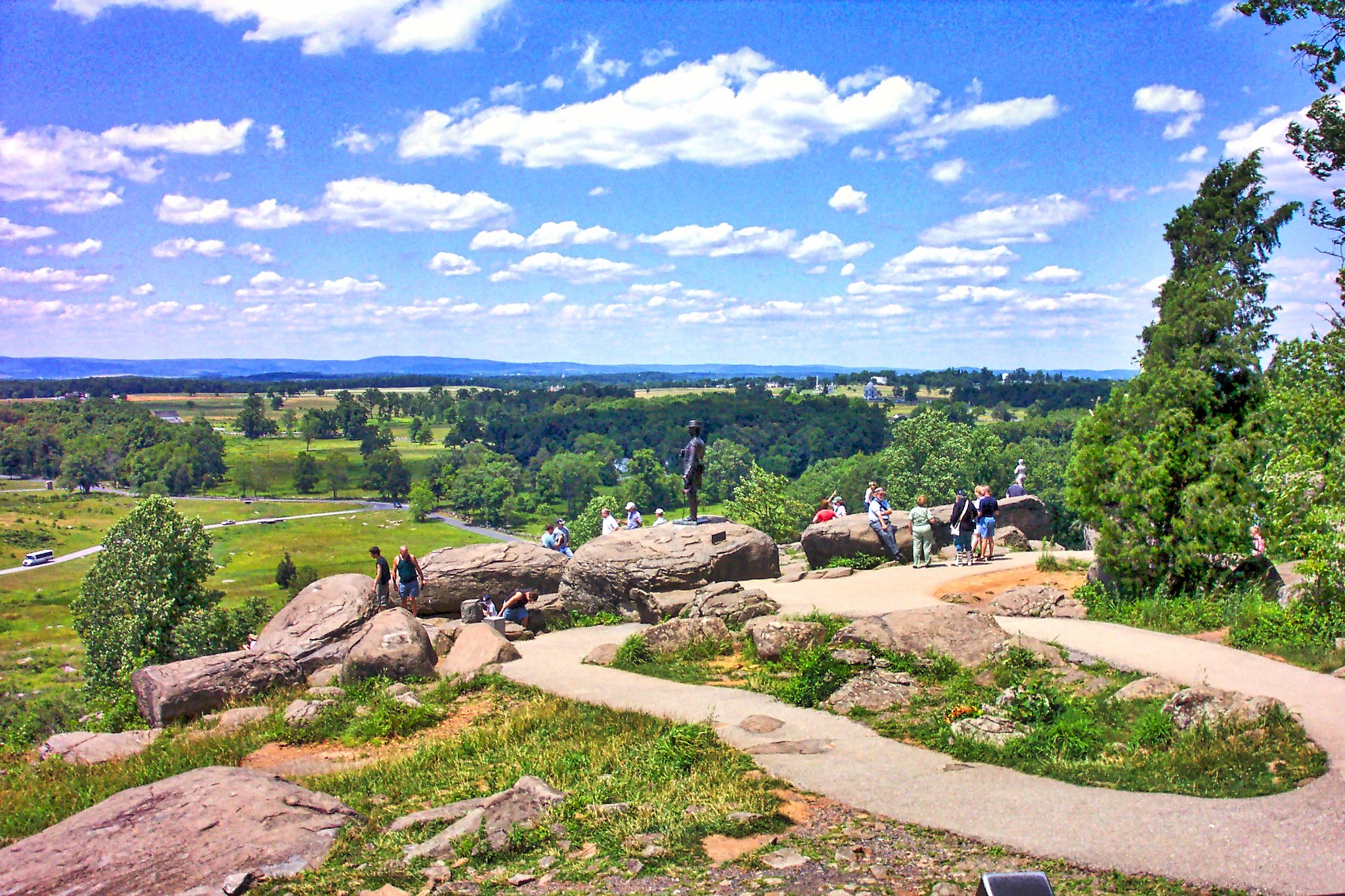
These 20 sites represent just a fraction of the Civil War’s physical legacy across the American South—places where history lies quietly preserved in earthworks, buildings, and landscapes largely unchanged since the guns fell silent over 150 years ago.
Unlike their more famous counterparts, these forgotten battlefields and landmarks often provide more authentic experiences, allowing visitors to connect with the past without the distraction of gift shops, large crowds, or excessive development. As development pressure threatens many Civil War sites, visiting these overlooked places helps demonstrate their value and ensures their protection for future generations.
ore from Travel Pug

- 20 Towns Built for One Purpose That Were Later Abandoned
- 15 Hidden Spots in Disney World’s Magic Kingdom Most Visitors Miss
- 20 Photos of the World’s Most Beautiful Glacial Lakes
- 15 Canyons in the U.S. That Are Just as Stunning as the Grand Canyon
- 10 Under-the-Radar Mountain Towns That Are Both Affordable and Beautiful
Like Travel Pug’s content? Follow us on MSN.
